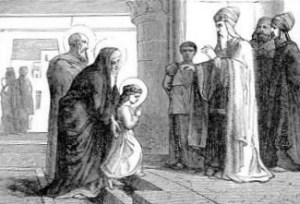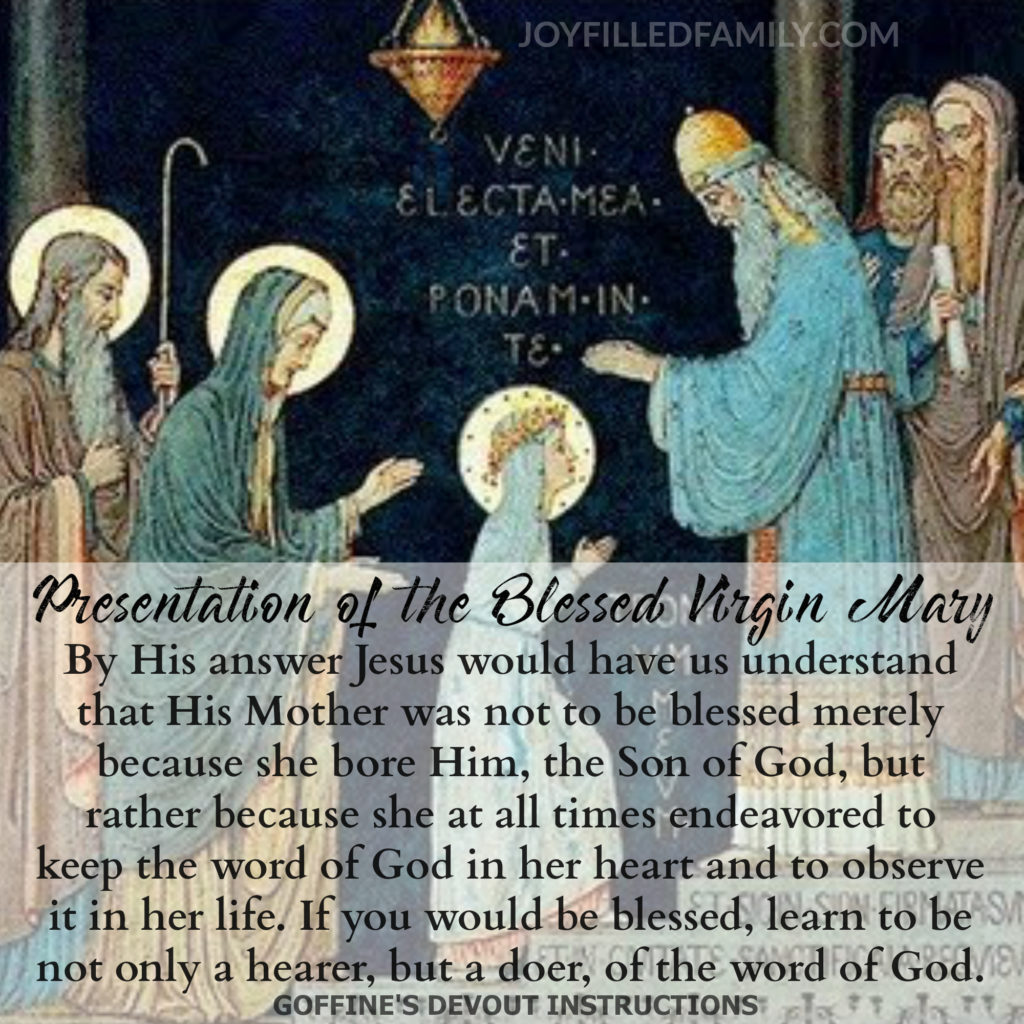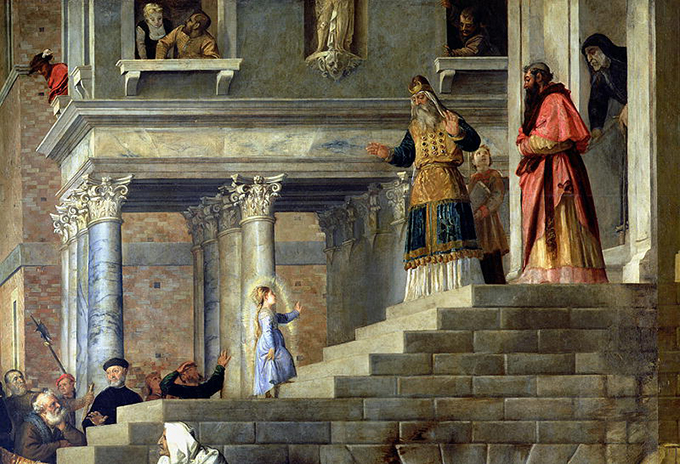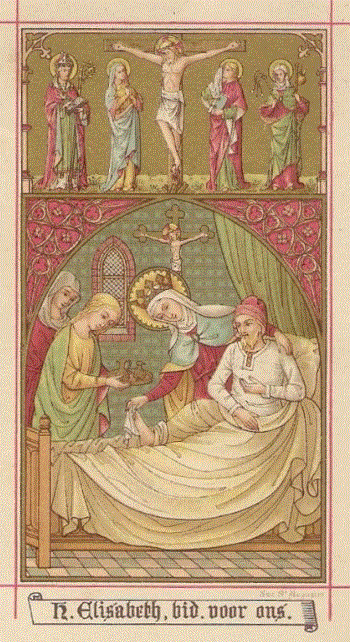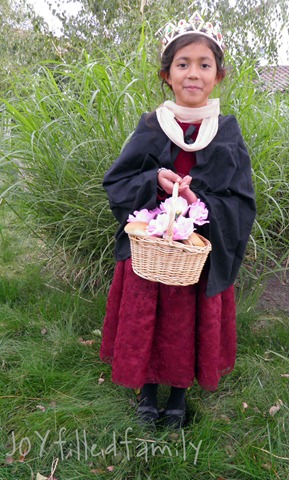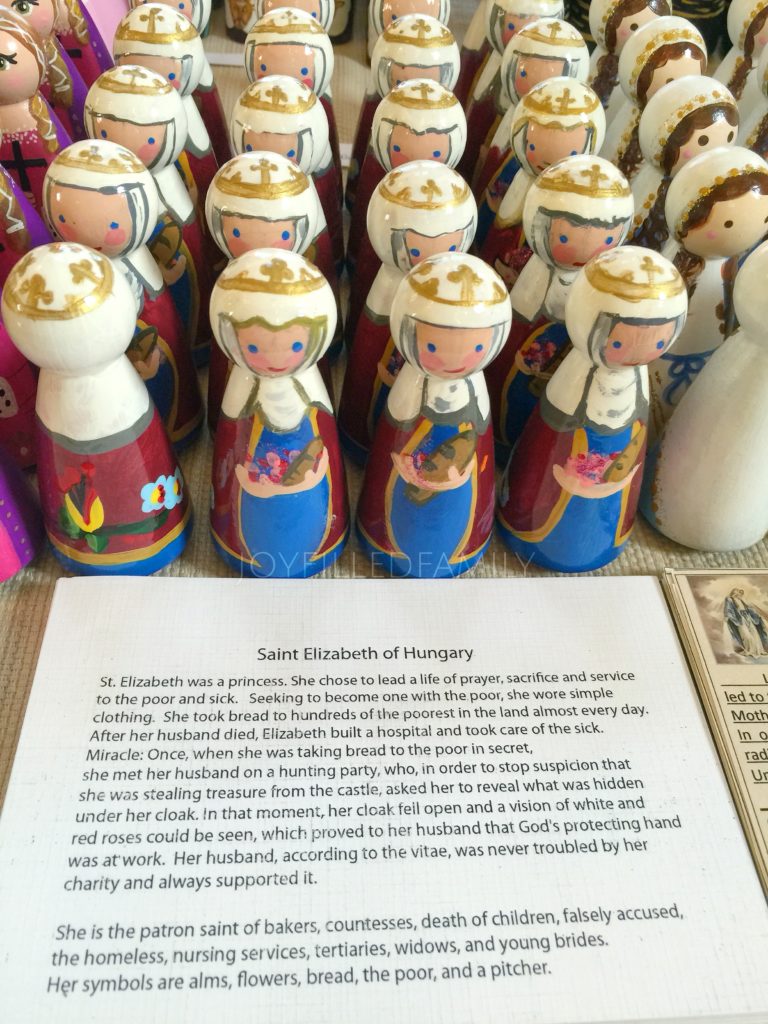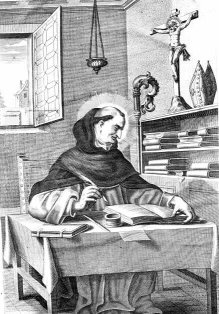The beautiful thing about this particular custom is that the relationship is a reciprocal one. The person whose name I have drawn and who is under my care becomes for me the helpless little Christ Child in the manger; and as I am performing these many little acts of love and consideration for someone in the family I am really doing them for the Infant of Bethlehem, according to the word, “And he that shall receive one such little child in my name, receiveth me.” That is why this particular person turns into “my Christkindl.” At the same time I am the “Christkindl” also for the one I am caring for because I want to imitate the Holy Child and render all those little services in the same spirit as He did in that small house of Nazareth, when as a child He served His Mother and His foster father with a similar love and devotion.
- Write names of all family members on pieces of paper. *
- Place all family member’s names (on folded paper for secrecy) in a container.
- Take turns drawing a name. The person whose name one has drawn in now in one’s special care.
- From this day (Start of Advent) until Christmas, one has to do as many little favors for him or her as one can.
- One has to provide at least one surprise every single day — but without ever being found out. Use the printable Christkindl checklist for accountability.
This creates a wonderful atmosphere of joyful suspense, kindness, and thoughtfulness. Perhaps you will find that somebody has made your bed or shined your shoes or has informed you, in a disguised handwriting on a holy card, that “a rosary has been said for you today” or a number of sacrifices have been offered up. This new relationship is called “Christkindl” (Christ Child) in the old country, where children believe that the Christmas tree and the gifts under it are brought down by the Christ Child himself.






